Real reason food prices are skyrocketing as Aussies struggle
Australians are being smashed by rising bills, and the reason behind it is both heartbreaking and chilling at the same time.
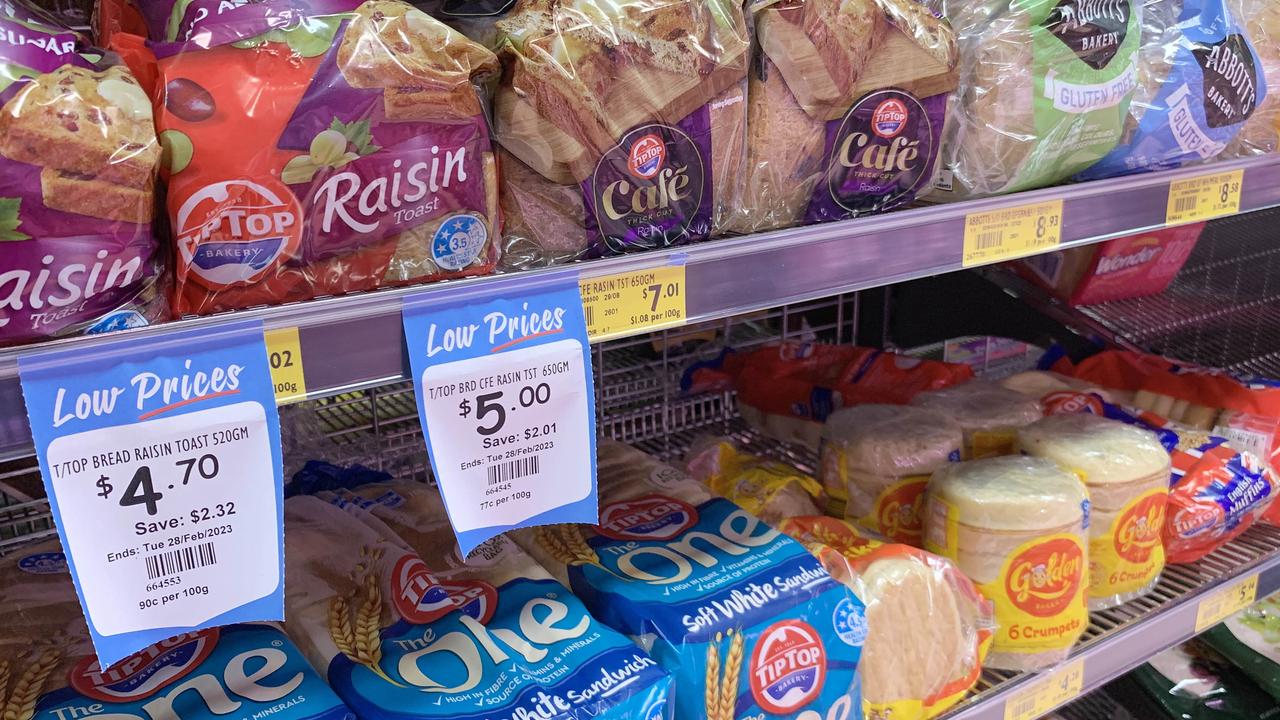
What links Russia’s invasion of Ukraine with your soaring grocery bill? Gas. And the fertilisers it produces.
Australia’s National Food Supply Chain Alliance late last year forecast a further 8 per cent increase in local food prices over 2023.
Now the heads of the Food and Agriculture Organisation (FAO), World Food Program (WFP), International Monetary Fund (IMF), World Bank Group and the World Trade Organisation (WTO) have together warned of “an unprecedented shock to the global food system, with the most vulnerable hit the hardest”.
It’s not an unexpected outcome.
Russian powerbroker Dmitry Medvedev declared food to be Moscow’s “silent weapon”.
Russia is the world’s foremost exporter of nitrogen-based fertilisers. It’s the second-largest supplier of potassium and the third-largest of phosphate. Its natural gas exports also underpinned Europe’s now crippled fertiliser industry.
“We are activating a quiet but terrible weapon,” Mr Medvedev threatened shortly after the collapse of Russia’s initial invasion plans last year. “We will supply food and agricultural products only to our friends.”
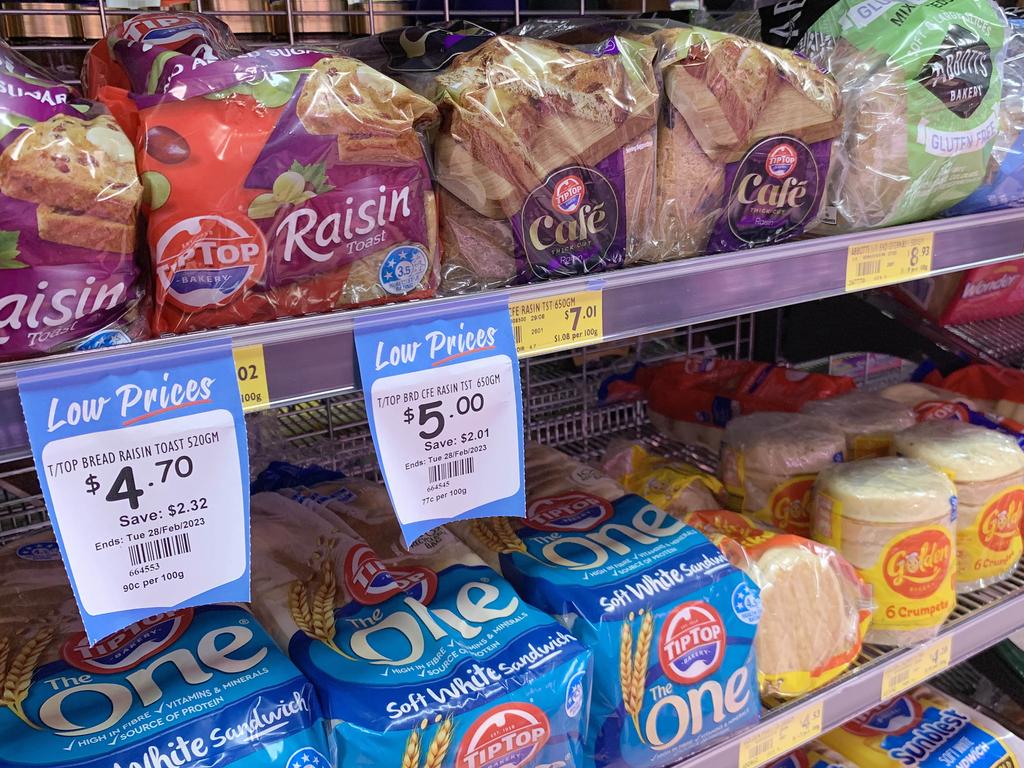
Now the fallout is being felt half a world away.
Prices for everyday food items in Australia, such as eggs, milk, cooking oil and cereals, are soaring.
Controversial gas prices have been blamed for a 50c slug on potato crisps. But fertiliser costs are affecting the whole food chain – such as the feed grains for chicken and cattle.
Overall, dairy prices rose the most (14.9 per cent) between the December 2022 and 2023 financial quarters. Bread and cereals went up 12.2 per cent, fruit and vegetables 8.5 per cent, and meat 8.2 per cent.
The result is the elevation of grocery bills to being a leading cause of Australian household stress – right alongside rent or mortgage payments.
Hunger games
Mr Medvedev declared times had changed since the collapsed Soviet Union had relied on international grain imports.
“It so happened that the food security of many countries now depends on our supplies,” he said. “It turns out our food is our silent weapon. Quiet but scary.”
Russia is the largest grain producer ahead of India and China. It has become a dominant exporter of wheat.
But the highly polluting process of fertiliser production has become Moscow’s most successful economic weapon. Not only is it a major producer, it also supplies its most important element – natural gas.
“We are really starting to yell from every tower that there’s a fertiliser crisis … and the fertiliser crisis is enormous,” one UN official told US media last week.
UPDATE: This WFP ship has now arrived at the port of Beira in #Mozambique, from where its contents will be trucked to Malawi.
— World Food Programme (@WFP) January 17, 2023
It's carrying the first of 260,000 tonnes of fertilizer and is part of the @UN's efforts to reconnect fertilizer markets & prevent a food shortage. pic.twitter.com/EVkohnvdpr
Moscow isn’t the only contributor to food costs and shortages. The increased frequency of extreme weather events is battering the world’s food bowl states. And global markets dominated by a handful of suppliers mean the fallout of catastrophic events – such as Covid-19 – is being felt worldwide.
“Food price increases are having devastating effects on the poorest and most vulnerable,” World Bank president David Malpass said.
And fertiliser is the one thing we can do something about quickly.
“Countries should make concerted efforts to increase the supply of energy and fertiliser, help farmers increase plantings and crop yields, and remove policies that block exports and imports, divert food to biofuel or encourage unnecessary storage,” he said.
Weaponised food
Fertiliser prices rose by 199 per cent between May 2020 and the beginning of 2023. Prices have since fallen somewhat, but the WFP said this is more likely due to farmers simply being unable to afford stocks and resorting to alternatives – such as animal dung.
The UN Food and Agriculture Organisation (FAO) and the WTO now warn global food security will be held to ransom for at least the remainder of the year.
The World Economic Forum Global Risks Report 2023 goes even further, saying supply shortages “could lead the current cost of living crisis into a catastrophic scenario of hunger and distress for millions”.
Other producers, including Australia and Canada, have attempted to fill the shortfall.
But their industries must contend with “apocalyptic” global gas price hikes.
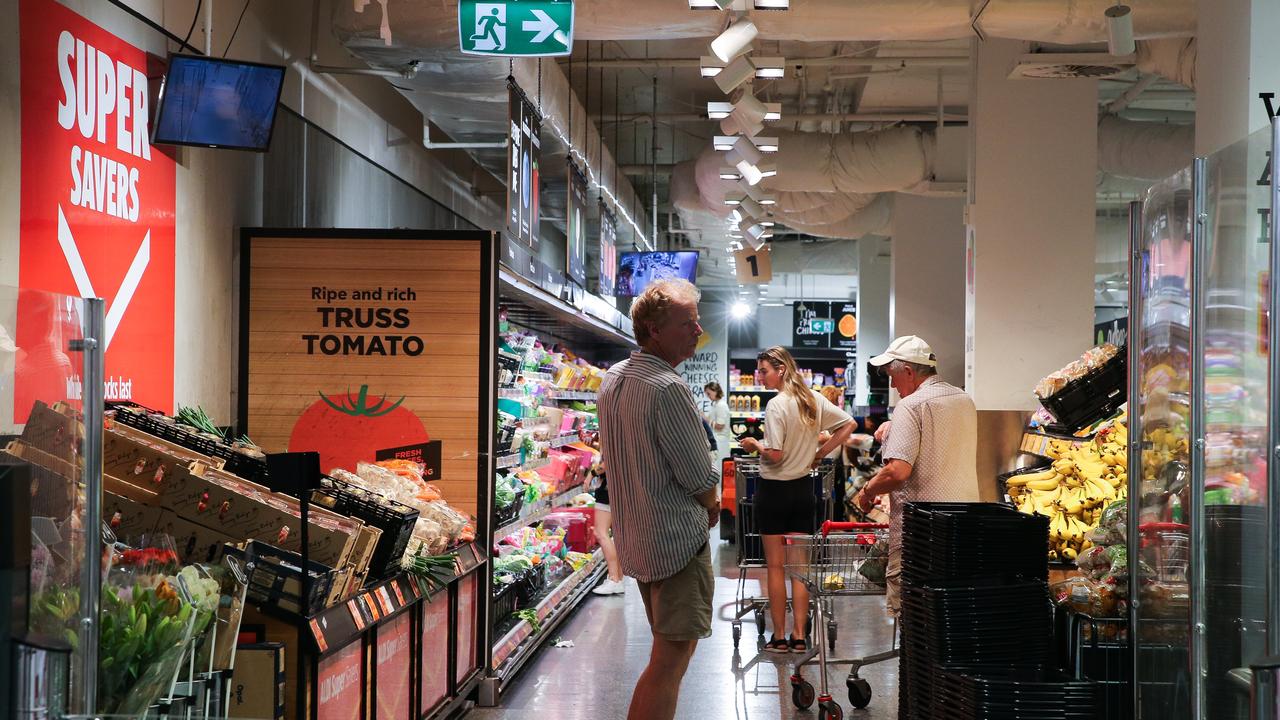
The scenario has prompted US President Joe Biden to accuse Mr Putin of trying “to starve the world”.
He’s also promised to do something about it.
“The United States and the G7 and partners around the world answered the call with historic commitments to address the crisis and to bolster global food supplies,” he told an address marking one year of the war in Ukraine.
But this will be a political balancing act.
Washington has repeatedly emphasised that Moscow’s food and fertiliser products are exempt from international sanctions.
But the Kremlin has insisted that sanctions have closed its trade transport routes, prevented payments through the international SWIFT monetary exchange system, and caused insurers to avoid Russian businesses.
It also said that it has been forced to withhold fertiliser supplies to address its own food security problems.
Missing ingredients
“There is a material possibility of a global food supply crisis occurring in 2023, with the continuation of the war in Ukraine, the lagged effect of a price spike in fertiliser last year and the impact of extreme weather conditions on food production in key regions,” the WEF report said.
The need for fertiliser varies from region to region, crop to crop. But it can represent anywhere between 18 and 36 per cent of a farmer’s cultivation costs.
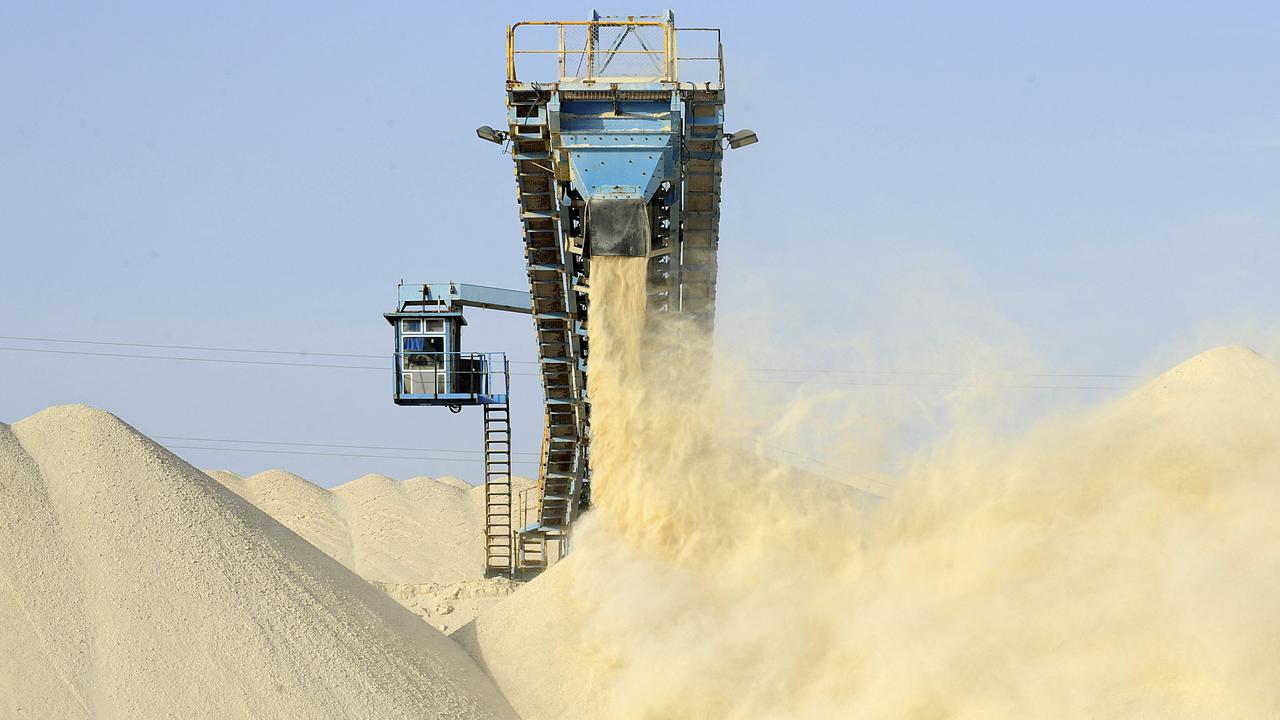
And fertiliser use is seasonal.
The crops being delivered were planted and fertilised up to a year ago. So the total cost is yet to flow through the grocery supply chain.
And farmers attempting to reign in costs by cutting back or skipping fertiliser use should expect to see falling yields. That will most likely result in even higher domestic prices to come.
“Though fertiliser prices have retreated from their spike around Russia’s invasion, prices for all forms of fertiliser – nitrogen, phosphate and potassium – still remain 80 to 100 per cent above 2020 levels,” Centre for Strategic and International Studies (CSIS) food security director Caitlin Welsh said.
Intensive farming needs to replace the nutrients sold off in their crops. This includes nitrogen, phosphorous and potassium.
“There are serious problems associated with the overuse of synthetic fertilisers,” Union of Concerned Scientists interdisciplinary scientist Omanjana Goswami said.
“But in our current agriculture system, they remain absolutely essential for most farmers to grow food, maintain yields and sustain livelihoods.”
Urea and anhydrous ammonia deliver nitrogen. Potash carries potassium. And ammonium phosphates provide phosphorous.
Nitrogen fertiliser needs ammonia. But its production requires the burning of an immense amount of natural gas.
Then there’s potash. Russia and its ally Belarus produce more than a third of total global exports. Russia is also responsible for 22 per cent of the world’s ammonia supply and 14 per cent of urea.
Changing political climate
Drought. Flood. Pandemic. War. The global economy’s vulnerability to highly centralised supply chains of critical commodities has been a hard-learned lesson.
Washington has committed $A750 million to boost fertiliser production in the US. The EU is considering similar action.
Canada is already the world’s biggest supplier of potash. But it mobilised its capacity to boost output by some 20 per cent to help fill the supply gap.
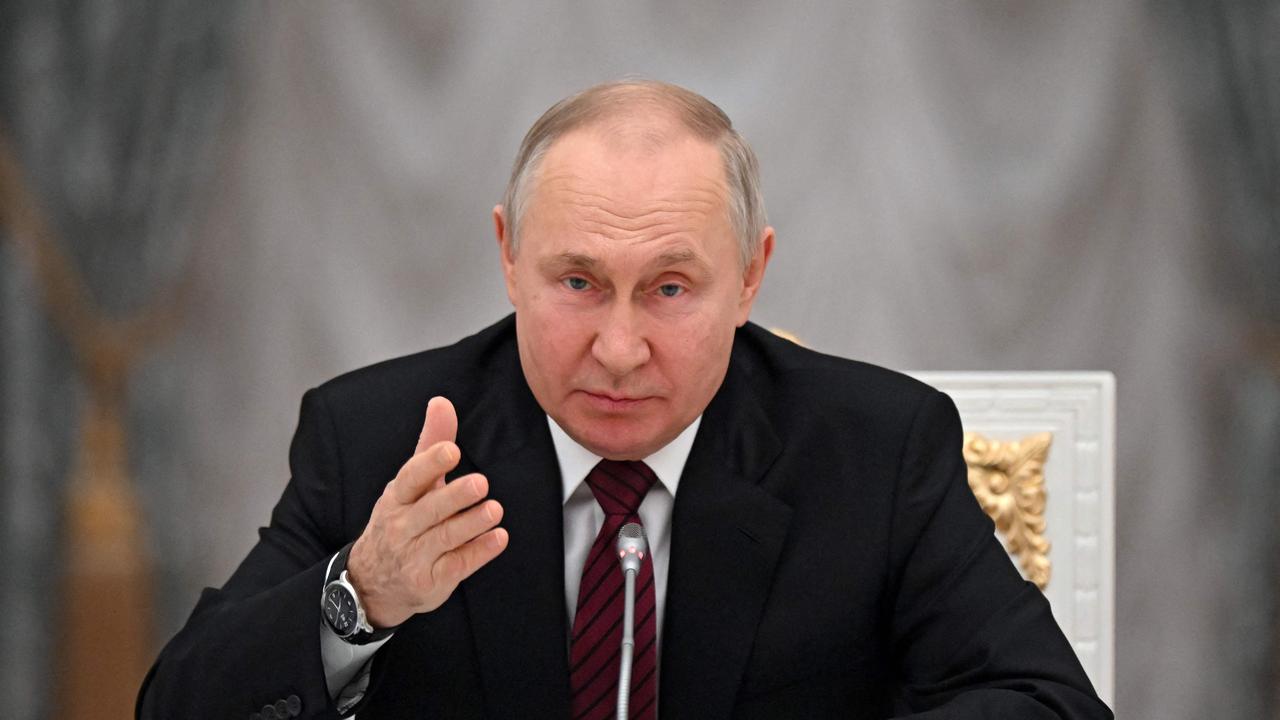
“It’s important this fertiliser crunch is solved,” WFP economist Stefan Meyer said. “We have to produce enough [food] on the available land – land is limited – and fertiliser is an important component of that.”
Russia’s deliberate manipulation of global fossil fuel supplies has supercharged interest in wind and solar renewable energy. Once installed, these are not reliant on global supply chains.
And Moscow’s weaponisation of food has also revived interest in alternative fertilisers.
Arizona State University sustainable food expert Kathleen Merrigan said the crisis is prompting the world to “take a fresh look at biological products as substitutes for synthetic fertilisers”.
“This category includes biofertilisers and bionutrients – natural materials that provide crop nutrition. Examples include microorganisms that extract nitrogen from the air and convert it into forms that plants can use, and fertilisers converted from manure, food and other plant and wood wastes.”
Agricultural research groups and start-up companies have already begun to offer such products as a means of farmers earning carbon credits while also revitalising their cropping fields.
Centralised global supply chains may be commercially efficient. But they lack resilience in the face of a changing world, food investor Acre Venture Partners director Sam Kass said. “These massive disruptions that are having ripple effects around the world are the norm, and it’s just a taste of what we’re going to have to manage going forward in more intense ways.
“I hope it’s a wake-up call to policymakers around just what’s at stake when it comes to food security and the impact and intersection between food and climate.”
Jamie Seidel is a freelance writer | @JamieSeidel






